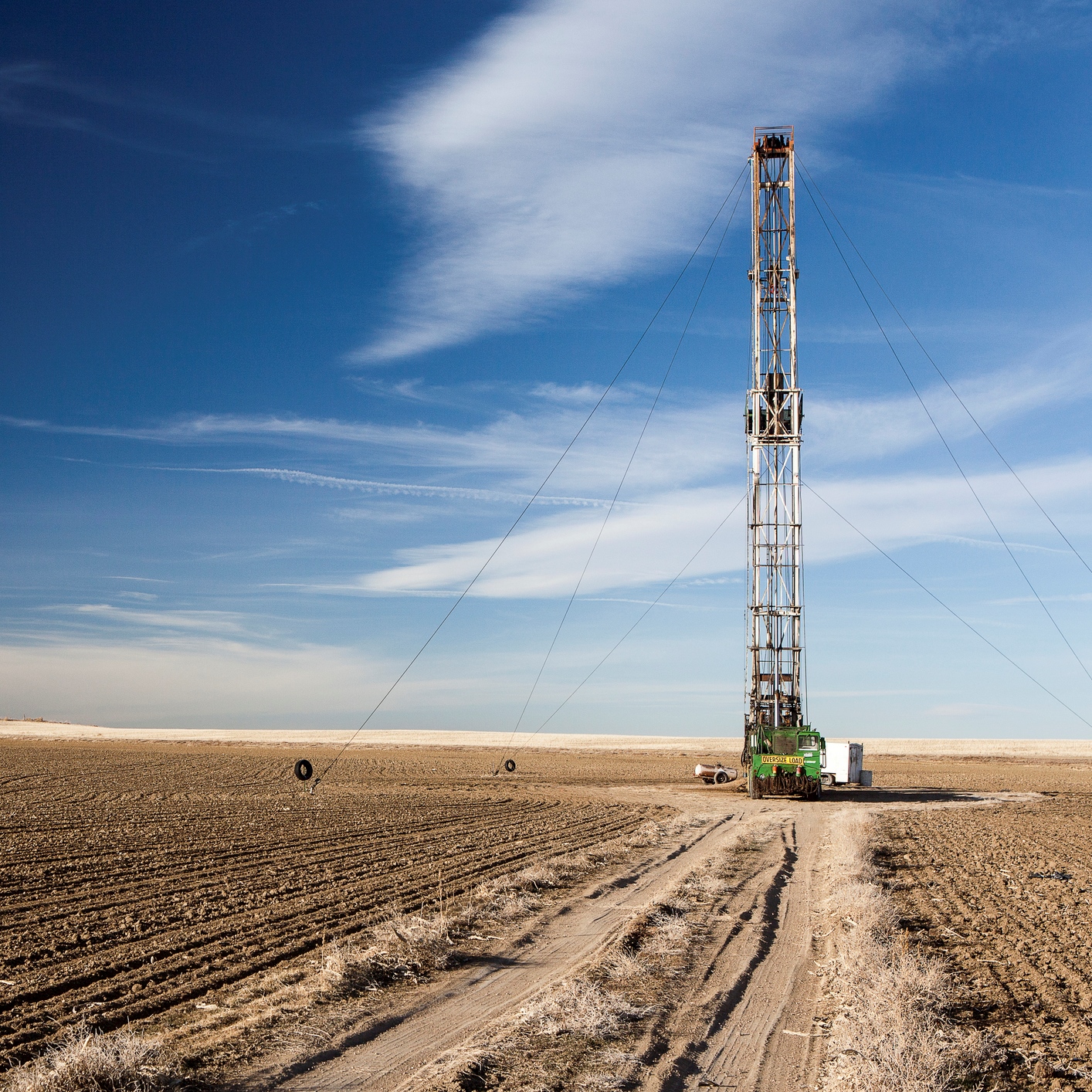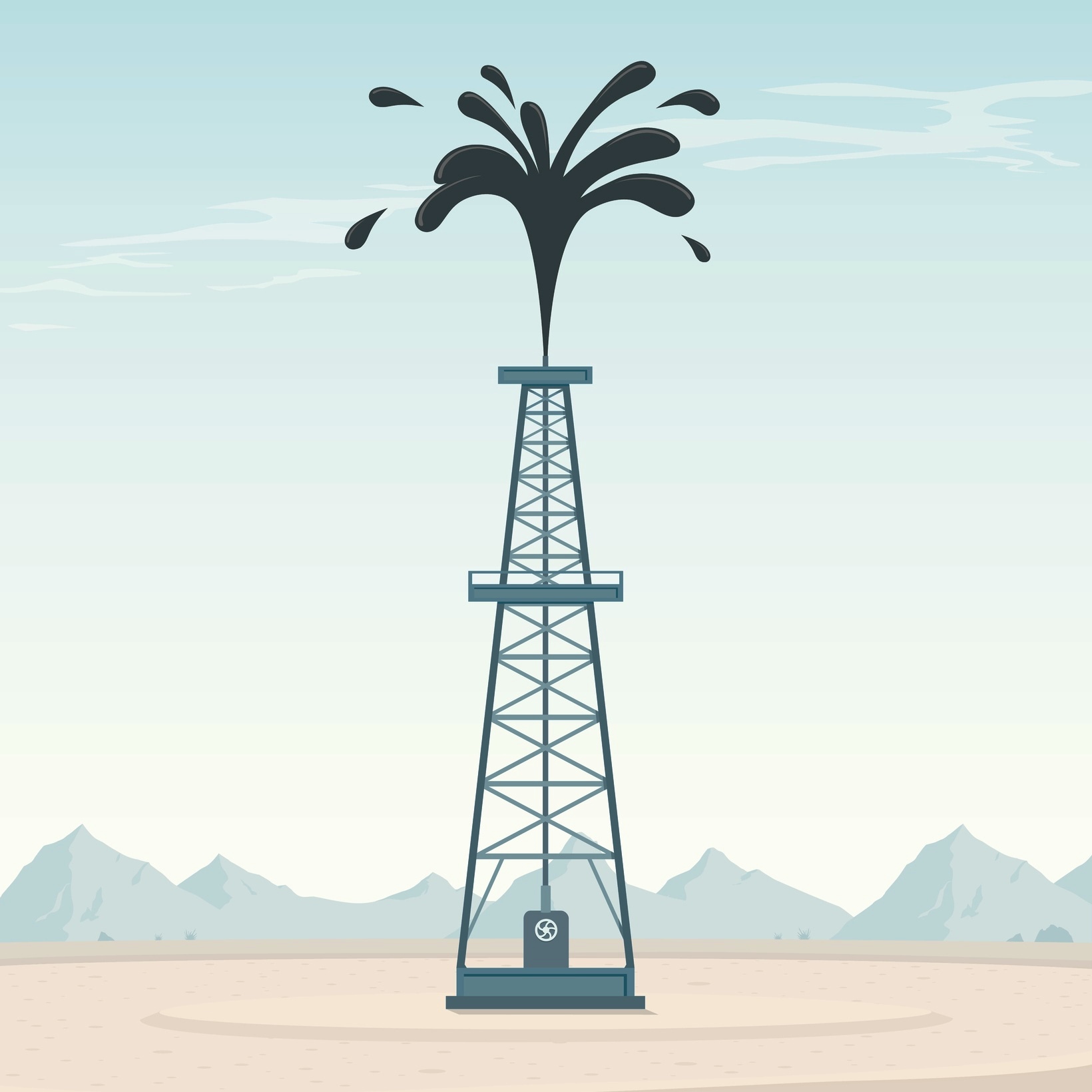
In the week ending April 20, 2018, the number of land rigs drilling for oil in the United States totaled 820, up by five compared to the previous week and 132 more than a total of 688 a year ago. Including 192 other land rigs drilling for natural gas and one listed as miscellaneous, there are a total of 1,013 working rigs in the country, five more than a week ago and up by 156 year over year. The data come from the latest Baker Hughes North American Rotary Rig Count released on Friday afternoon.
West Texas Intermediate (WTI) crude oil for May delivery settled at $68.29 a barrel on Thursday and traded down about 0.2% Friday afternoon at $68.13 shortly before regular trading closed. Friday is the last trading day for the May contract.
The natural gas rig count remained unchanged at 192 this week. The count for natural gas rigs is now up by 25 year over year. Natural gas for May delivery traded up about 2.8% at around $2.74 per million BTUs, flat compared to last Friday.
In response to reports that OPEC and its partner-producers may take other steps to drive crude oil prices higher, President Trump pushed out a tweet earlier this morning declaring that higher prices were not acceptable. Prices edged higher briefly at around noon but have dipped since.
Among the states, Baker Hughes reported that Texas gained eight rigs this week while Louisiana and Mexico each added one rig. Colorado and North Dakota each lost two rigs and three states — Ohio, Oklahoma and Pennsylvania — each lost one rig.
In the Permian Basin of west Texas and southeastern New Mexico, the rig count now stands at 456, eight more compared with the previous week’s count. The Eagle Ford Basin in south Texas has 76 rigs in operation, up by one week over week, and the Williston Basin (Bakken) in North Dakota and Montana now has 53 working rigs, two fewer for the week.
We noted in our report Thursday on pipeline company Kinder Morgan’s first-quarter earnings that the Permian Basin is fast approaching the limit of how much associated gas it is allowed to burn off (flare). Because this gas is produced as a by-product of oil production, unless state regulators raise the permitted level of flaring, wells may have to be shut-in due to lack of pipeline capacity to transport the gas out of the region.
Producers added six horizontal rigs this week and the count rose to 889, while offshore drillers reported two new rigs to raise the offshore total to 18, two less than last year’s total of 20 for the same period.
Are You Still Paying With a Debit Card?
The average American spends $17,274 on debit cards a year, and it’s a HUGE mistake. First, debit cards don’t have the same fraud protections as credit cards. Once your money is gone, it’s gone. But more importantly you can actually get something back from this spending every time you swipe.
Issuers are handing out wild bonuses right now. With some you can earn up to 5% back on every purchase. That’s like getting a 5% discount on everything you buy!
Our top pick is kind of hard to imagine. Not only does it pay up to 5% back, it also includes a $200 cash back reward in the first six months, a 0% intro APR, and…. $0 annual fee. It’s quite literally free money for any one that uses a card regularly. Click here to learn more!
Flywheel Publishing has partnered with CardRatings to provide coverage of credit card products. Flywheel Publishing and CardRatings may receive a commission from card issuers.
Thank you for reading! Have some feedback for us?
Contact the 24/7 Wall St. editorial team.
 24/7 Wall St.
24/7 Wall St.



